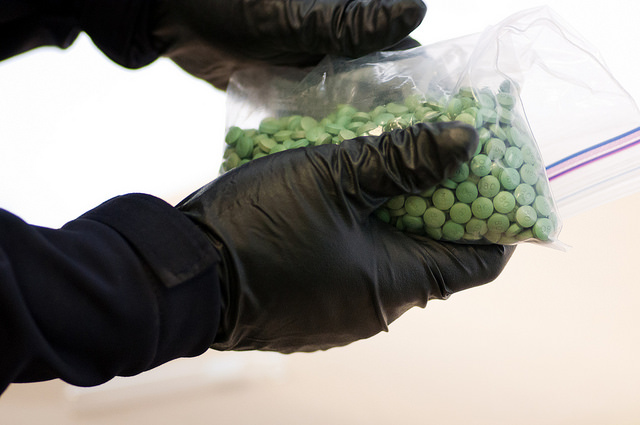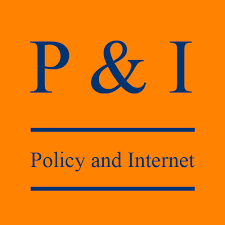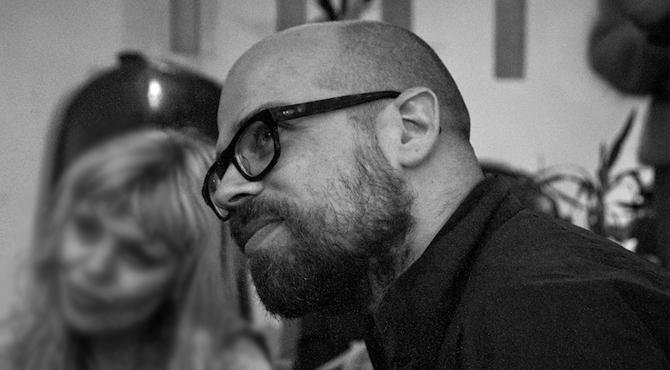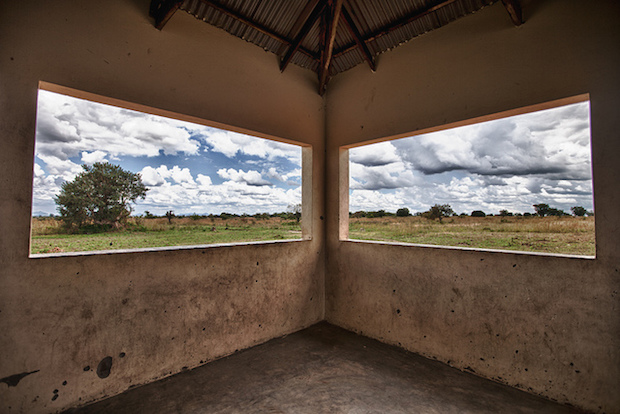
Many people are probably aware of something called “the darknet” (also sometimes called the “dark web”) or might have a vague notion of what it might be. However, many probably don’t know much about the global flows of drugs, weapons, and other illicit items traded on darknet marketplaces like AlphaBay and Hansa, the two large marketplaces that were recently shut down by the FBI, DEA and Dutch National Police.
We caught up with Martin Dittus, a data scientist working with Mark Graham and Joss Wright on the OII’s darknet mapping project, to find out some basics about darknet markets, and why they’re interesting to study.
Firstly: what actually is the darknet?
Martin: The darknet is simply a part of the Internet you access using anonymising technology, so you can visit websites without being easily observed. This allows you to provide (or access) services online that can’t be tracked easily by your ISP or law enforcement. There are actually many ways in which you can visit the darknet, and it’s not technically hard. The most popular anonymising technology is probably Tor. The Tor browser functions just like Chrome, Internet Explorer or Firefox: it’s a piece of software you install on your machine to then open websites. It might be a bit of a challenge to know which websites you can then visit (you won’t find them on Google), but there are darknet search engines, and community platforms that talk about it.
The term ‘darknet’ is perhaps a little bit misleading, in that a lot of these activities are not as hidden as you might think: it’s inconvenient to access, and it’s anonymising, but it’s not completely hidden from the public eye. Once you’re using Tor, you can see any information displayed on darknet websites, just like you would on the regular internet. It is also important to state that this anonymisation technology is entirely legal. I would personally even argue that such tools are important for democratic societies: in a time where technology allows pervasive surveillance by your government, ISP, or employer, it is important to have digital spaces where people can communicate freely.
And is this also true for the marketplaces you study on the darknet?
Martin: Definitely not! Darknet marketplaces are typically set up to engage in the trading of illicit products and services, and as a result are considered criminal in most jurisdictions. These market platforms use darknet technology to provide a layer of anonymity for the participating vendors and buyers, on websites ranging from smaller single-vendor sites to large trading platforms. In our research, we are interested in the larger marketplaces, these are comparable to Amazon or eBay — platforms which allow many individuals to offer and access a variety of products and services.
The first darknet market platform to acquire some prominence and public reporting was the Silk Road — between 2011 and 2013, it attracted hundreds of millions of dollars worth of bitcoin-based transactions, before being shut down by the FBI. Since then, many new markets have been launched, shut down, and replaced by others… Despite the size of such markets, relatively little is known about the economic geographies of the illegal economic activities they host. This is what we are investigating at the Oxford Internet Institute.
And what do you mean by “economic geography”?
Martin: Economic geography tries to understand why certain economic activity happens in some places, but not others. In our case, we might ask where heroin dealers on darknet markets are geographically located, or where in the world illicit weapon dealers tend to offer their goods. We think this is an interesting question to ask for two reasons. First, because it connects to a wide range of societal concerns, including drug policy and public health. Observing these markets allows us to establish an evidence base to better understand a range of societal concerns, for example by tracing the global distribution of certain emergent practices. Second, it falls within our larger research interest of internet geography, where we try to understand the ways in which the internet is a localised medium, and not just a global one as is commonly assumed.
So how do you go about studying something that’s hidden?
Martin: While the strong anonymity on darknet markets makes it difficult to collect data about the geography of actual consumption, there is a large amount of data available about the offered goods and services themselves. These marketplaces are highly structured — just like Amazon there’s a catalogue of products, every product has a title, a price, and a vendor who you can contact if you have questions. Additionally, public customer reviews allow us to infer trading volumes for each product. All these things are made visible, because these markets seek to attract customers. This allows us to observe large-scale trading activity involving hundreds of thousands of products and services.
Almost paradoxically, these “hidden” dark markets allow us to make visible something that happens at a societal level that otherwise could be very hard to research. By comparison, studying the distribution of illicit street drugs would involve the painstaking investigative work of speaking to individuals and slowly trying to acquire the knowledge of what is on offer and what kind of trading activity takes place; on the darknet it’s all right there. There are of course caveats: for example, many markets allow hidden listings, which means we don’t know if we’re looking at all the activity. Also, some markets are more secretive than others. Our research is limited to platforms that are relatively open to the public.
Finally: will you be sharing some of the data you’re collecting?
Martin: This is definitely our intention! We have been scraping the largest marketplaces, and are now building a reusable dataset with geographic information at the country level. Initially, this will be used to support some of our own studies. We are currently mapping, visualizing, and analysing the data, building a fairly comprehensive picture of darknet market trades. It is also important for us to state that we’re not collecting detailed consumption profiles of participating individuals (not that we could). We are independent academic researchers, and work neither with law enforcement, nor with platform providers.
Primarily, we are interested in the activity as a large-scale global phenomenon, and for this purpose, it is sufficient to look at trading data in the aggregate. We’re interested in scenarios that might allow us to observe and think about particular societal concerns, and then measure the practices around those concerns in ways that are quite unusual, that otherwise would be very challenging. Ultimately, we would like to find ways of opening up the data to other researchers, and to the wider public. There are a number of practical questions attached to this, and the specific details are yet to be decided — so stay tuned!
Martin Dittus is a researcher and data scientist at the Oxford Internet Institute, where he studies the economic geography of darknet marketplaces. More: @dekstop
Follow the project here: https://www.oii.ox.ac.uk/research/projects/economic-geog-darknet/
Twitter: @OiiDarknet
Further reading (academic):
- Dolliver et al. (2016), “A Geographic Analysis of Drug Trafficking patterns on the Tor Network”. Geographical Review DOI: 10.1111/gere.12241
- Buskirk et al. (2016), “Who Sells What? Country Specific Differences in Substance Availability on the Agora Cryptomarket”. International Journal of Drug Policy 35: 16-23.
- Broséus et al. (2017), “A Geographical Analysis of Trafficking on a Popular Darknet Market”. Forensic Science International 277:88-102.
Further reading (popular):
- Wired: Dark net drug markets kept alive by great customer service
- The Guardian: Dark web marketplaces AlphaBay and Hansa shut down
Martin Dittus was talking to OII Managing Editor David Sutcliffe.








